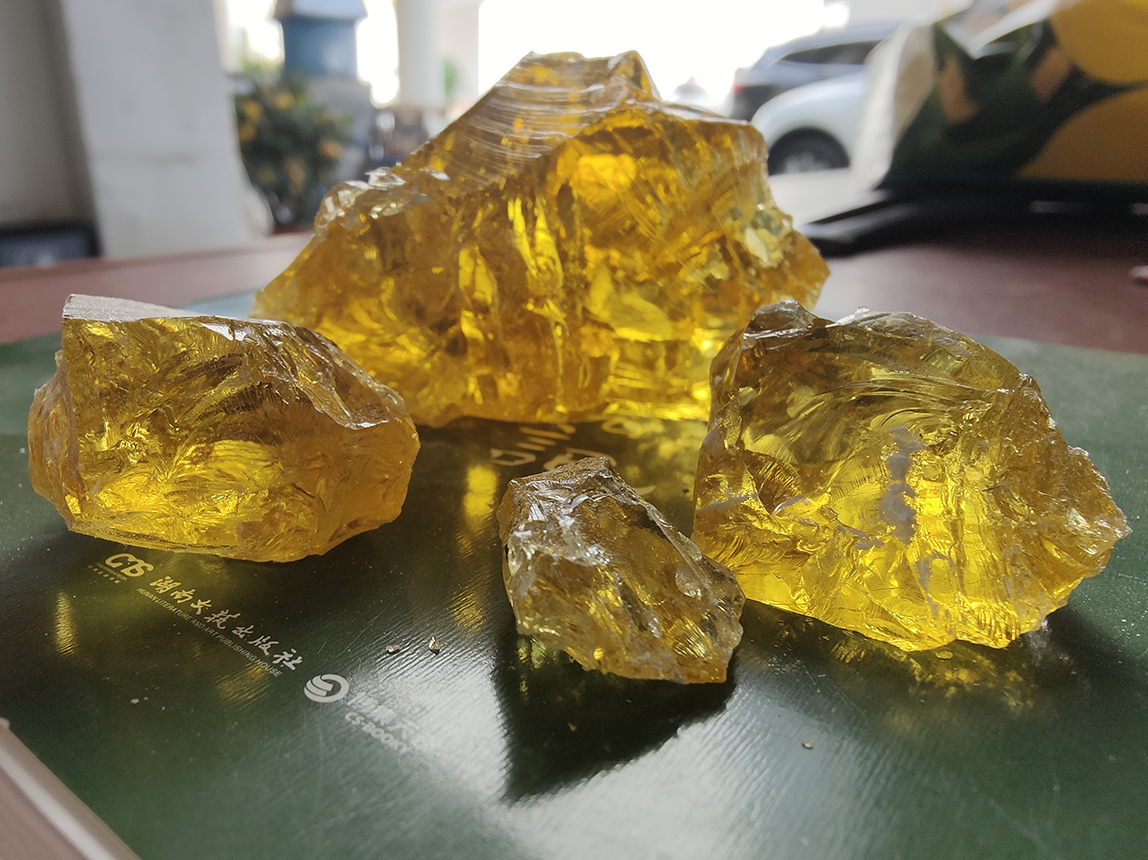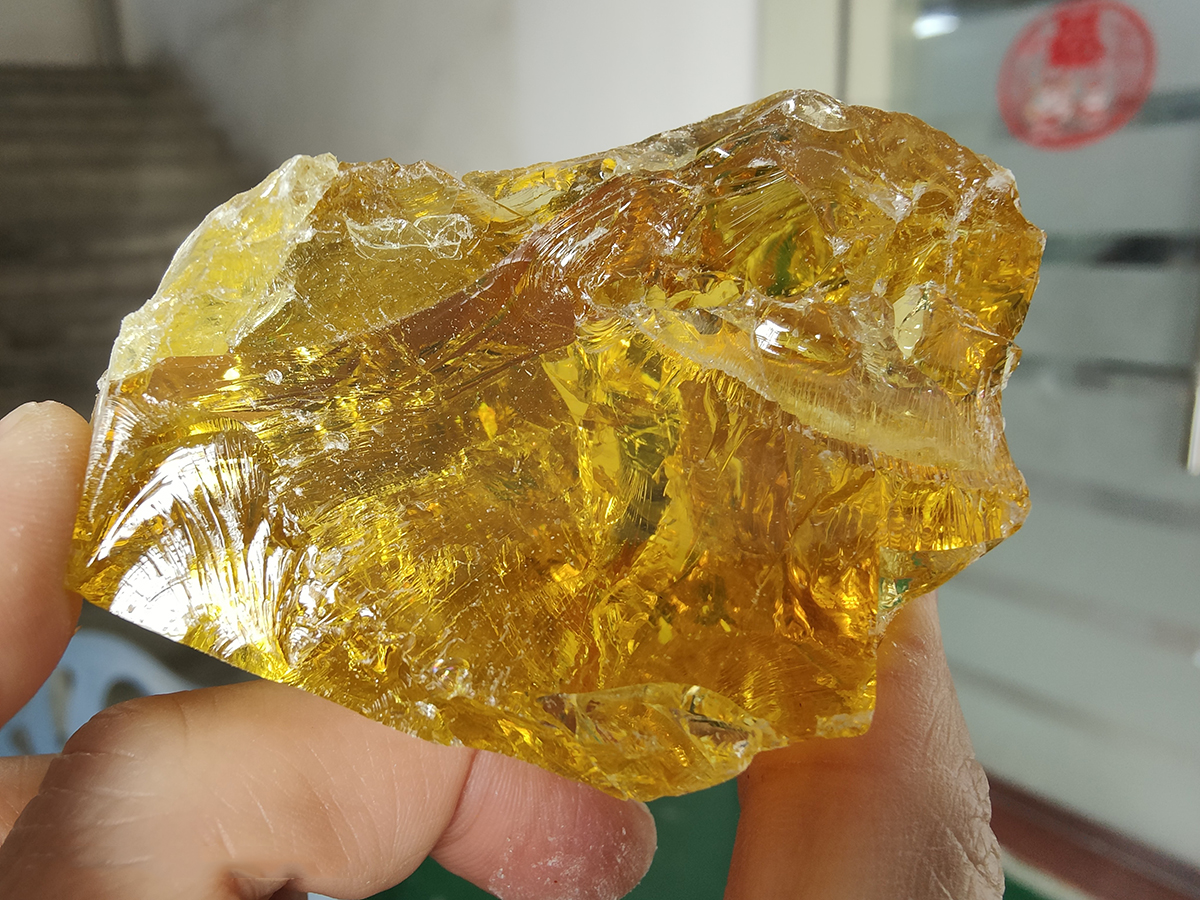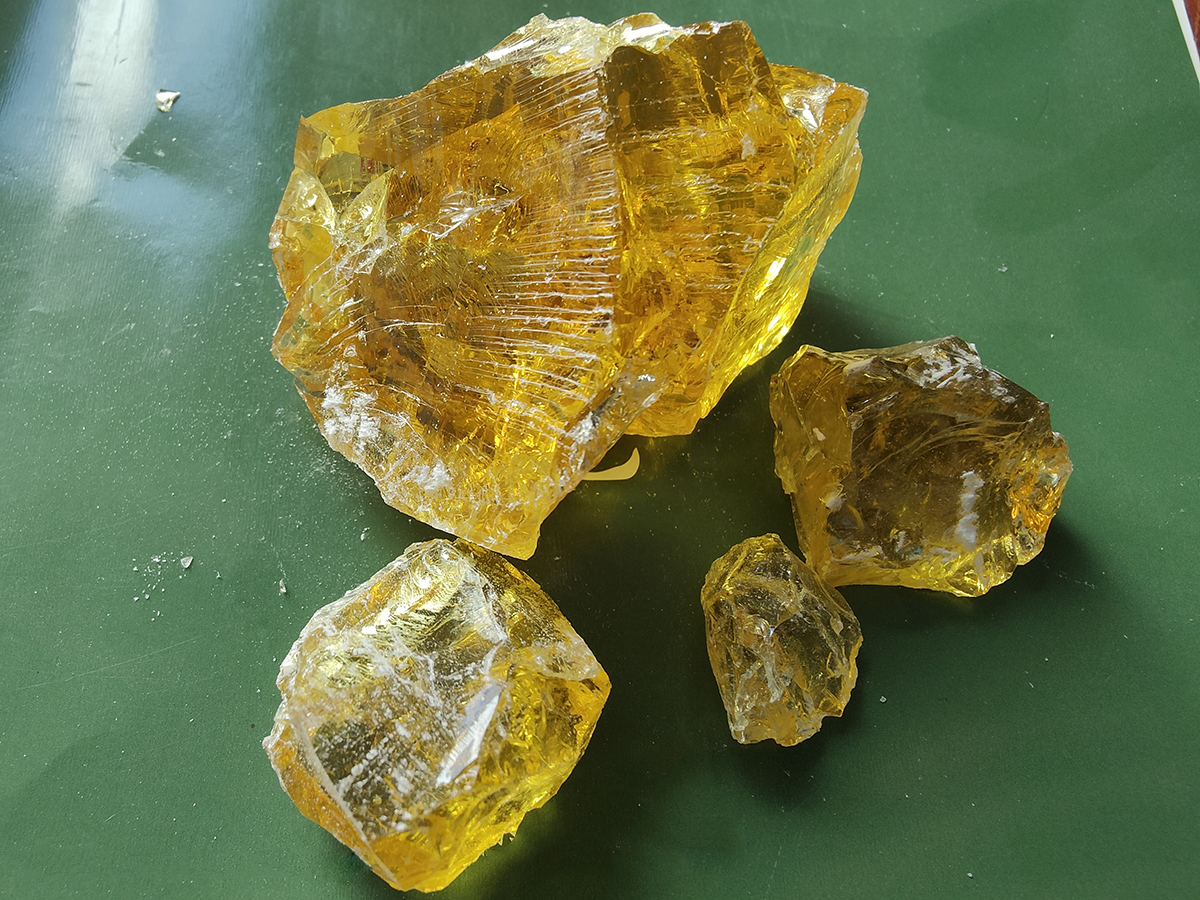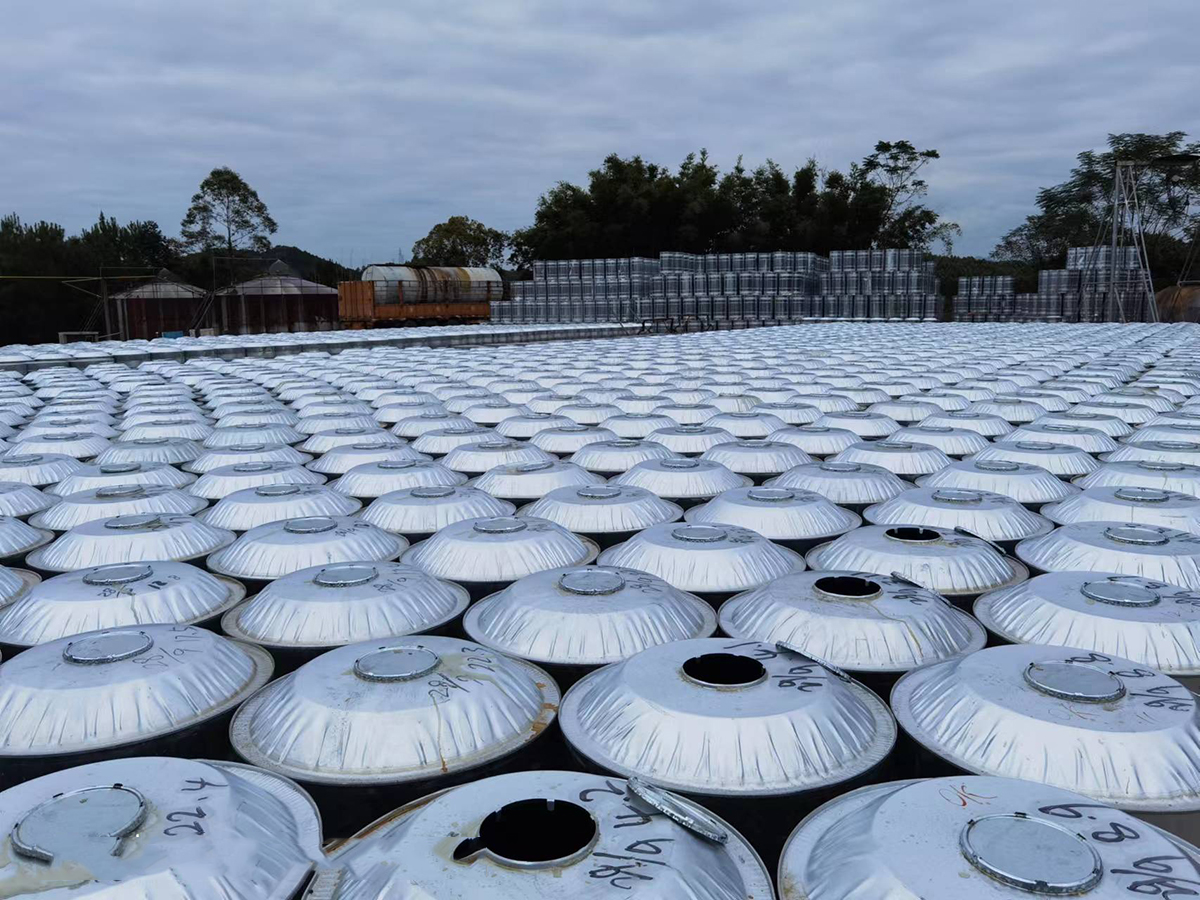
|
Product Category |
general purpose |
Product brand |
Packaging specifications |
unit price |
local dealer |
|
natural rosin |
Solder paste, flux, adhesive |
Guangxi |
225KG/25kg |
Special price |
Shenzhen Xinzhihe |
1. Masson resin rosin (HS CODE: 3806 1000 CAS NO.: 8050-09-7)
|
1.1 Masson rosin |
||||||
|
Index |
Premium X |
First grade WW |
Second grade WG |
Third grade N |
Fourth grade M |
Fifth grade K |
|
color |
slightly yellow |
light yellow |
yellow |
dark yellow |
Yellow brown |
yellow red |
|
Appearance |
transparent |
|||||
|
Softening point t(R.&B.) |
76℃min |
75℃min |
74℃min |
|||
|
Acid value mg KOH/g |
166min |
165min |
164min |
|||
|
Unsaponifiable matter content |
5%max |
5%max |
5%max |
|||
|
Ethanol insoluble matter content |
0.03%max |
0.03%max |
0.04%max |
|||
|
Ash content |
0.02%max |
0.03%max |
0.04%max |
|||
1.2 Slash pine rosin
|
Slash pine rosin |
color |
Appearance |
Softening point(R.&B.) |
Acid value mg KOH/g |
Unsaponifiable matter content |
Ethanol insoluble matter content |
Ash content |
|
light yellow |
transparent |
76℃min |
166min |
5%max |
0.03%max |
0.03%max |
2. Scope of use: Rosin is a natural organic substance, mainly composed of various resin acids, easily soluble in a variety of organic solvents, and has unique chemical activity. Therefore, it is
an important raw material for soap, papermaking, paint, rubber, resin, electrical appliances, organic synthesis and other industries.
3. General physical properties of rosin: Appearance: yellow brittle solid. Color: light yellow to red. Solubility: insoluble in water, but soluble in organic solvents. Softening point: 72-80℃. Relative density: 1.070-1.085. Average
heat Capacity (20-245℃): Average heat capacity (20-245℃). Melted rosin expansion coefficient: 0.00055. Heat of fusion: 15.8kcal/kg. Calorific value: 9074-9171kcal/kg. Boiling point:
250℃/5 mmHg. Thermal conductivity: 0.11 kcal/(mh℃). Atomized dust ignition point: 130℃. Flash point: 216℃ Lower explosion limit: 12.6g/m3.
4. Main chemical composition of Chinese masson pine and slash pine rosin (%)
|
Name |
Pimaric acid |
Elliotinoic acid |
Sandaracopimaric acid |
Isopimaric acid |
Palustric acid |
Dehydroabietic acid |
Abietic acid |
Neoabitic acid |
|
Masson rosin |
7.9 |
|
1.6 |
0.4 |
25.0 |
4.3 |
44.5 |
13.6 |
|
Slash pine rosin |
3.0 |
3.6 |
2.1 |
14.6 |
20.8 |
5.0 |
31.2 |
17.3 |
5. Utilization of rosin: 5.1 Most rosin is directly used in the production of paper, paint, soap and ink. Because rosin has shortcomings such as easy oxidation and low softening point, the paint industry often uses the carboxyl reaction of resin acids to make resin. Acid esters and resinates are reused; while the synthetic rubber and ink industries use the double bond reaction of resin acids to produce disproportionated rosin, Polymerized rosin , Hydrogenated rosin , etc. for reuse.
5.2 In the rubber industry, rosin is often used as a softener to soften the rubber, make it easy to knead, make the filler easy to disperse, and give the rubber plasticity to facilitate subsequent screw extrusion during processing. In addition, it can help disperse pigments and make the surface of the product smooth. Rubber containing 2-6% rosin can increase its tear strength and elasticity. In the synthetic rubber industry, disproportionated rosin potassium soap is used as an emulsifier in the production of styrene-butadiene, chloroprene, nitrile and acrylonitrile-butadiene-styrene rubber. Since the 1970s, the rosin used in synthetic rubber in various countries around the world has accounted for about 20% of the world's total rosin production. Using Disproportionated rosin as an emulsifier can enhance the adhesive force of rubber, increase the heat resistance by 25%, and have better wear resistance and tear resistance than ordinary styrene-butadiene rubber. When mixed with natural rubber, the bonding properties are greatly improved.
5.3 Whether it is a rubber-based adhesive, a synthetic resin-based adhesive or a plant-based adhesive, rosin is usually used as the adhesive component. Rosin-based materials are generally suitable for hot melt adhesives, pressure-sensitive adhesives and rubber binders. The basic ingredients of hot melt adhesives are paraffin wax, ethylene vinyl acetate copolymer and rosin and its derivatives. The addition of rosin is mainly to increase the strength, softness and adhesive properties of the product's adhesive. Hot melt adhesives can be used in book binding, rubber boot manufacturing, furniture manufacturing and packaging industries.
5.4 Since Illig first used rosin gum and alum for paper sizing in 1807, the papermaking industry has become one of the sectors that consumes the most rosin in the world. Various paper sizings made with rosin can prevent ink from spreading, improve strength and smoothness, increase abrasion resistance, or prevent excessive absorption of dampening water and linting during printing. Crystallized rosin is not suitable for making rosin gum because the crystals are difficult to saponify, form spots on the paper, and easily block pipes during the process of making gum.
5.5 Because rosin is easily soluble in alcohol, gasoline, turpentine and other organic solvents, rosin is one of the basic raw materials of paint. When making rosin-based dry oil, the rosin is often converted into resinates, and then refined with glycerin oil (such as tung oil), and volatile solvents are added to make various paints. Enamel paint can be made by adding various pigments to the paint and boiling it together. Rosin also has important uses in road coatings. In order to display a reflective sign in busy places such as highways, airports, docks, etc., a thermoplastic coating is often used to coat the dividing lines, side lines, crosswalks and seat belts of the road so that drivers can see the signs from the farthest distance. The place is clearly marked by road signs. This coating is composed of thermoplastic resin, plasticizers, pigments, fillers, reflective materials and water-repellent agents. The thermoplastic resin is mainly maleic rosin ester generated by the interaction between maleic rosin and polyol. Polymeric rosin and disproportionated rosin polyol ester can also be used. my country's paint and coatings industry is one of the sectors that uses the most rosin. On average, 5-6% rosin is consumed in paint production. Due to the development of petrochemical industry abroad, synthetic resins have gradually replaced part of rosin as raw materials for paints and coatings. However, as a natural resin with a wide range of sources, rosin has the characteristics of easy drying and smooth paint film, and has always been one of the basic raw materials of paints and coatings.
5.6 Rosin is mainly used as a color carrier in the ink industry and enhances its adhesion. If there is a lack of rosin in the ink, the ink on the printed product will be sluggish and blurry. my country's printing ink contains about 7% rosin. When used as offset printing ink, phenolic modified rosin is commonly used, with a softening point of 160--175°C and an acid value below 20; when used as gravure printing ink, rosin metal salts are commonly used, with a softening point of 125-- 135℃, acid value below 95. If Polymerized rosin is used to replace ordinary rosin, various special inks can be produced, such as producing gasoline printing ink instead of toluene ink; making varnish ink instead of Gouba gum; making offset printing ink instead of bisphenol resin, thus opening up more uses for rosin. .
5.7 Hydrogenated rosin glyceryl ester is heated and melted with natural chicle gum, wax, vinyl acetate, etc., and then spices, sugar, pigments, etc. are added and mixed thoroughly to make chewing gum.
5.8 Due to the good electrical insulation properties of rosin, the Chinese cable industry has used rosin as an insulating material for a long time. Rosin mixed with bakelite and other artificial resins can be used to dip-coat coils. Rosin is mainly used as concrete foaming agent and floor tile adhesive in the building materials industry. Rosin is also used as a binder for vinyl chloride asbestos tiles. Rosin is mixed with linseed oil, calcium carbonate, charcoal, pigments, etc. to make carpet tiles.
5.9 Abietic acid, the main component of rosin, can be used to synthesize a series of optically active and biologically active substances, which play special effects on the human body, other organisms or organic matter.
5.10 Rosin is mainly used as soldering flux and metal polishing agent in the metal processing industry. Rosin is a weakly acidic substance that can remove the oxide film on the metal surface and slightly etch the metal surface. Therefore, many soldering fluxes contain rosin. Flux is highly active on metal surfaces without corrosive effects on metals.
Availability: Finished solid, packed in galvanized drums (225 kg, net weight) in sheet form, packed in multi-layer paper bags (25 kg, net weight)
Inventory and inventory control: It is recommended to strictly control inventory at all times and pay attention to first-in, first-out. Pay attention to moisture-proofing. The storage and transportation period is half a year. Please control the inventory. If
it is used beyond the storage period, please test it first and then use it.
Note: This information is for reference only and does not constitute a warranty statement that the company assumes legal liability. The company will make adjustments to relevant content without prior notice.
-
lAST ONE:Disproportionated rosin
-
NEXT ONE:KHR80EX PerHydrogenated rosin
 深圳新志和
深圳新志和




